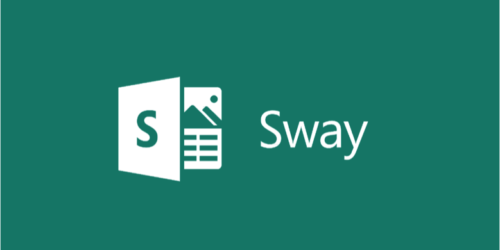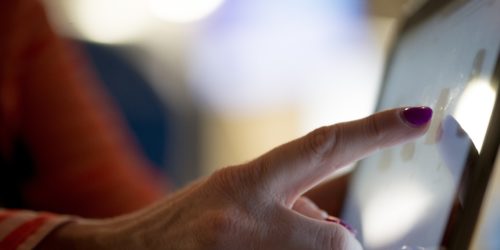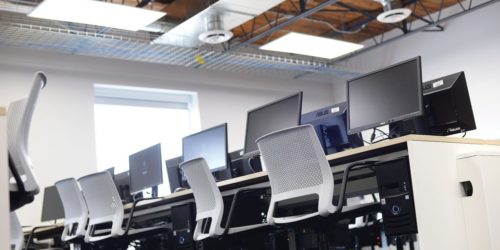Live Demonstration
Modeled demonstration, kinaesthetic activity and modelling of behaviours are proven to deeply tie learning to memory. Using touch interactive devices (sometimes also called SMARTboards or interactive whiteboards) to live demonstrate supports kinaesthetic and tactile ways of learning. These approaches are particularly effective in mathematics and science topics, but have generally positive impact across subjects (Bairral and Arzarello 2015).
Live demonstration using interactive screens is one of a host of dynamic teaching approaches that greatly improve motivation, attention and behaviour (Digregorio & Sobel-Lojeski, 2010). Mill and Glover (2010) compiled over 100 research sources on interactive screens in education and found that effective use correlated with improved student outcomes as a result of multi-sensorial inputs and greater student interest.
Interactive screens have an even bigger impact on learning when students use them. In a large survey of Quebec schools in 2016, researchers found that student use of an interactive screen was positively correlated with grades, motivation, concentration and overall satisfaction with learning experiences (Thierry, 2016).
Tips for Live Demonstration
Practice live demonstration first without an audience. The best skills take time to build. Use any touch interactive device, like a 2 in 1 laptop, a tablet, or an interactive projector. The same strategies will work across different devices and software.

Interactive projector 
Tablet 
Surface Pro 
2 in 1 laptop
Start with smaller skills before advancing into more challenging ones. Some great places to start could be:
- Swipe to advance slides in a PowerPoint.
- Write on slides using PowerPoint’s drawing tools.
- Show a website. Annotate on the screen and click on links.
- Practice navigating around your eConestoga course. Give a tour to your students in the first weeks of class.
Watch and listen as Laura demonstrates giving a tour of eConestoga.
Take it Further
Further research points out that more complex gestures, like rotation, zoom, or multiple application navigation lead to even greater learning impact. If you’re generally comfortable with using an interactive screen, try some of the below suggestions:
- Learn more about live annotation features built into everyday software and apps, like Microsoft Office, OneNote, Adobe Acrobat DC, or the Easy Interactive software.
- Use a math app like Geogebra to construct a mathematical model or diagram, rotating, reflecting and inferring about its properties.
- Use mathematical and science simulations, like the PheT simulations, to model and experiment with concepts.
- Use a collaborative whiteboarding app, like Explain Everything, a OneNote notebook or Microsoft Whiteboard to model solutions. Ask students to use these, and to record their thinking – you can often leave comments or feedback as well.
Tips for Using Live Demonstration
- Interactive screens don’t distinguish between kinds or sensitivities of touches. It will read a hand, marker or shirt brush as a touch. Tuck away loose clothing and roll up your sleeves. Hover your hand over the screen, rather than touching to indicate something.
- Be patient. Touch interactivity isn’t flawless, and can sometimes misread an interaction. Sometimes, holding a touch or tap for a heartbeat longer usual can help a device perceive a touch.
- Start small. Identify one easy way to use touch interactivity, and develop those skills first. Scaffold your own learning, by choosing specific new tools to try, when you are ready to try them and when they suit your teaching.
- Practice! Give yourself time to practice using inking tools and touch interactions without an audience. Research indicates most educators feel prolonged consistent use and ongoing supported training to be the most effective ways to learn this new skill.
References
Bairral, M. and Ferdinando, A. (2015). “The use of hands and manipulation touchscreen in ghigh school geometry classes.” CERME 9 – Ninth Congress of the European Society for Research in Mathematics Education, Charles University in Prague, Faculty of Education; ERME, Feb 2015, Prague, Czech Republic. pp.2460-2466. ffhal-01289333
Digregorio, P. and Sobel-Lojeski, K. (2010). “The effects of interactive whiteboards (IWBs) on Student Performance and Learning: A Literature Review.” Journal of Educational Techology Systems. 38(3). p. 255-312.
Thierry, K. (2016). “The interactive whiteboard: Uses, benefits and challenges. A survey of 11,683 students and 1131 teachers.” Canadian Journal of Learning & Technology. 42(5). p. 1-22.



